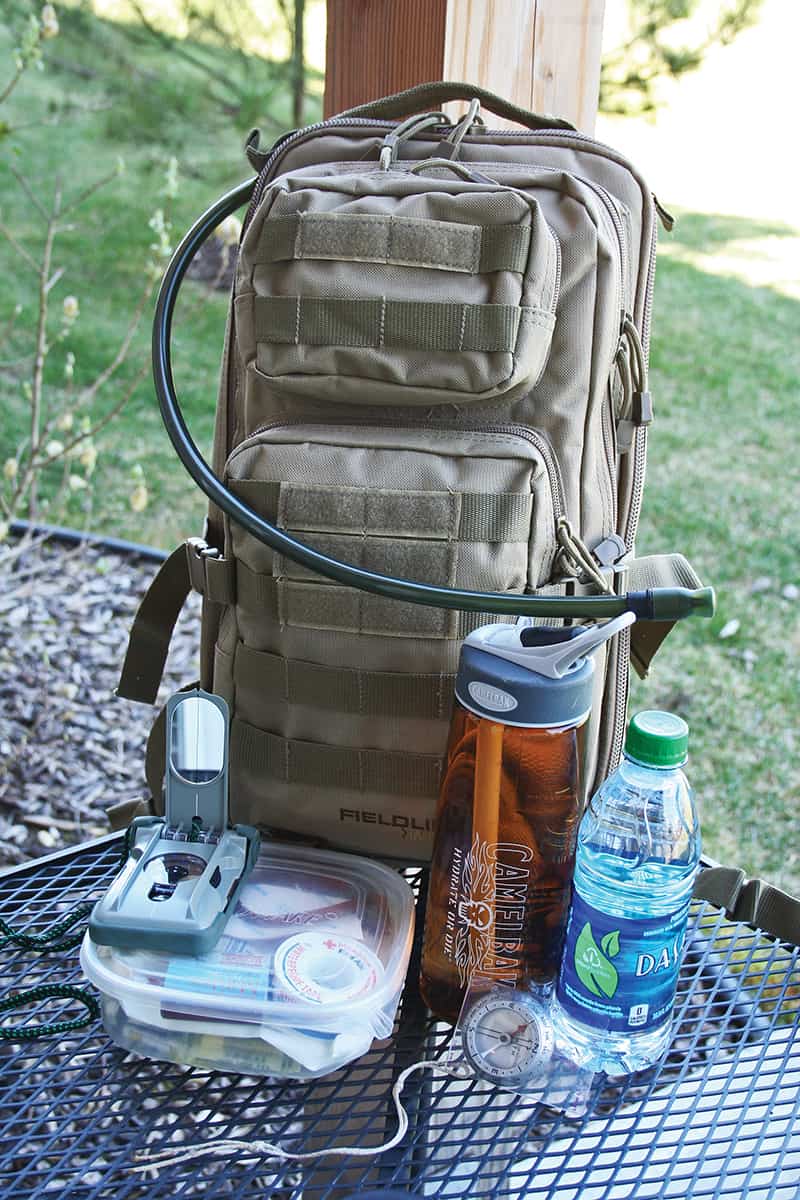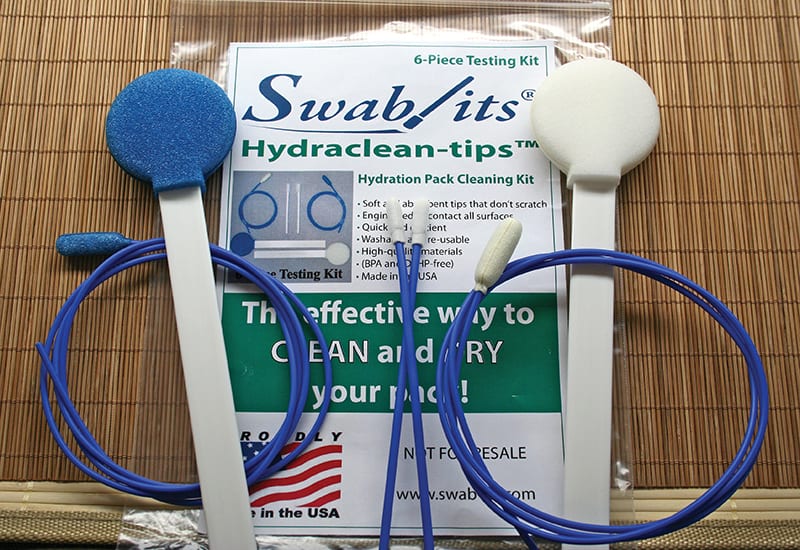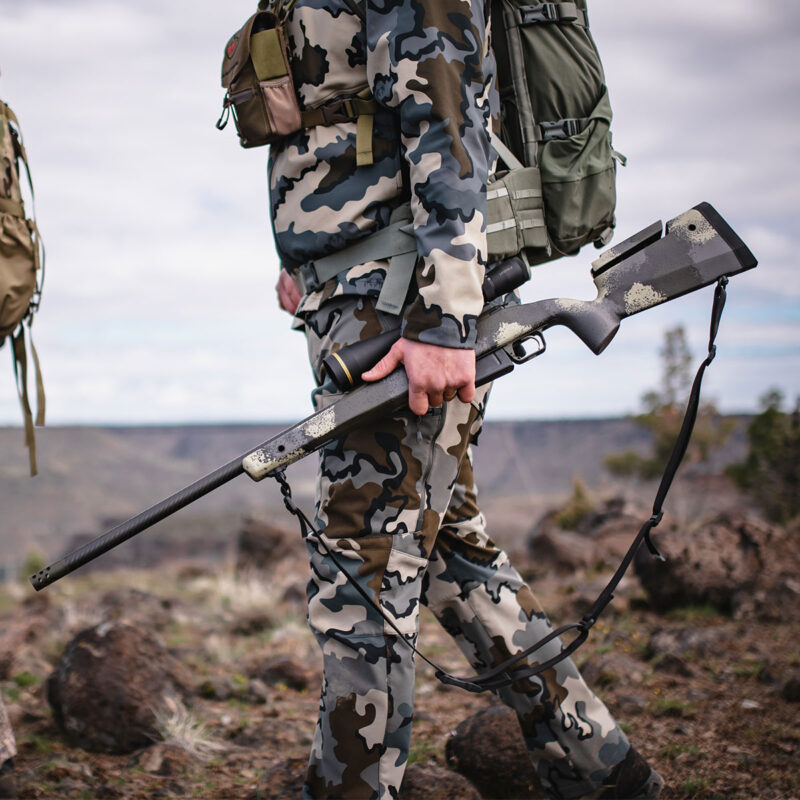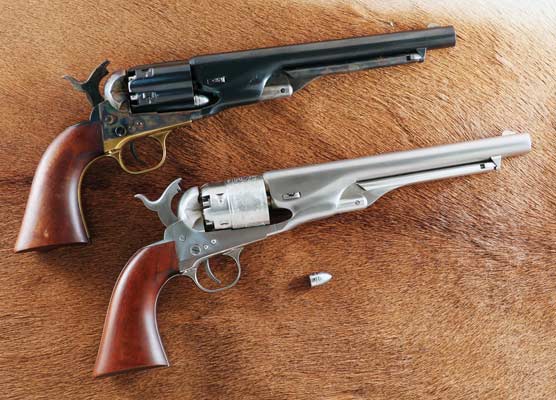Hot Enough Outside For Ya?
And Are You Wet Enough Inside For It?
Every summer there are stories in the news about hikers, hunters, backcountry wanderers and people whose vehicles broke down in the wrong lonely place. Many are found dead and others near death. Common threads are heat, aridity, absence of water, and incongruous, often inexplicable acts. Most of the dead have not died of thirst—or did they?
You’ve read the stories in the papers or seen them on TV news. All the elements are present for death by dehydration, but that’s rarely the case. Most die from falls, exposure or immobility due to injuries. One walks right off a cliff while another, despite having a compass, wanders in circles and collapses a short distance from a well-traveled highway. Some actually move or run away from search parties, and afterward can’t explain why. Many have first aid gear, but do not tend to blood wounds.
I remember one guy who got lost, was parched with thirst, and lit what he hoped would be a signal fire—right in the middle of thick dry brush. The flames went out of control, nearly killed him, and ultimately burned thousands of acres and destroyed dozens of homes. He was mystified by his own actions. He said he had better sense than that. Clearly, he didn’t at that time.
Have you ever wondered why so few actually die of thirst? I submit that they do; it’s just that dehydration isn’t the direct cause of death; it is the proximate cause. And it explains virtually all of those strange behaviors.
At low levels of dehydration, higher brain functions are impaired and judgment suffers; headache, eyestrain, fatigue and insomnia appear; muscle cramps and joint pain are exacerbated, the effects increasing with the degree of dehydration. Simply put, as dehydration advances the individual is less able to even recognize it, being occupied with other problems, and less able to deal with it.
At moderate dehydration levels judgment worsens and memory becomes erratic; people forget how to operate simple equipment like compasses, GPS devices and communications gear; spatial disorientation occurs; small-motor muscle manipulation fails and ordinarily harmless fumbles can become lethal failures. Sometimes severely dehydrated people have more or less accidentally relocated their vehicles, but either couldn’t start them—not due to mechanical failure but to cognitive or manipulative failure—or started them, only to drive in the wrong direction, into barriers or over precipices.
Some soldiers, scientists and hardcore outdoorsmen have studied and known these effects but most folks don’t, simply because dehydration doesn’t gob-smack you with threats of imminent death; it takes you down a notch at a time until figuratively, it trips you on the stairs.
Who’s Dehydrated?
The majority of people in the industrialized nations chronically run an inadequate level of hydration. If you actually feel thirsty at all, you’re already dehydrated to the degree that those lesser symptoms listed may occur, and they definitely will if you don’t get some liquid on board. If you feel “parched” or “dry as a bone,” and you thirst for a big drink, you’re seriously dehydrated, primed for an accident, and interestingly, you’re actually less likely to hydrate yourself properly.
That’s when you’ll drink too much, too fast; when you’ll chug that liquid, filling your belly, forcing impatient kidneys to purge most of it out while absorbing only a fraction of it. Now you feel better—for the moment—and your belly is sloshing, but your other organs and deep tissues, including your brain cells, are still desiccated.
My pal Van Zyl is an authority on hydration; a soldier-scientist who, 40-plus years ago routinized NCOs checking their troops’ urine color (it should be clear all the time), frequency of urination and sipping, and rate and volume of hydration. Having spent most of his soldiering life in the tropics and Saharan Africa, he has seen and compared the behaviors, physical and mental abilities of the well hydrated versus the dehydrated. The latter group, he says, has included people who seemingly get enough to drink, but hydrate wrong at the wrong times.
Until recently, standard military procedure (and civilian practice) was to drink deeply before beginning a long hot trek, and to conserve the water you carry until you’re parched. That’s wrong at both ends of the journey. Our military has learned the value of being well hydrated but not overfull before stepping off, sipping frequently en route, and never being water-bloated.
Van Zyl teaches, “The conventional wisdom is to drink when you become uncomfortably thirsty. This is wrong. Thirst is a survival signal, not a suggested sipping schedule. You should be saturated at the cellular level, your bloodstream boosted, and often forgotten, you should be ‘hydraulically pressurized’ at spinal column to base-of-brain level. Dehydration is a whole-body condition, not just an empty bladder or a dry throat.”
The 3 Cs
Van Zyl explains the low hydration of the industrialized population with the three cs: clothing, concrete, and carbonation. Multilayered Western clothing and development—covering open spaces with buildings and pavement—makes relieving oneself inconvenient, at least, when compared to less sophisticated conditions, so people avoid hydrating enough to require frequent visits to bathrooms. The third C, carbonation, generally describes intake of fluids, which actually require as much or more body fluid to process than they contribute to the system.
For decades, peaking in 1998, Americans drank 25 to 30 percent more soft drinks per capita than water, swiggin’ an average of 54 gallons of sody-pop to 42 gallons of water—and that doesn’t include liquor, wine or beer. Water has finally edged out soft drinks, but that still leaves an essentially chronically dehydrated populace. That’s bad enough for others, but for GUNS readers, who tend to be hunters, wilderness-wanderers and fondlers-of-firearms, it’s more critical.
The secret’s in the sippin’, friends, and that means keeping water close, handy, tasty and well-aerated. Purified bottled water may or may not be necessary; tap water in different places ranges from rank to delicious. But if it’s not fresh to the taste, you’re just not gonna sip as you should. And don’t forget, you can improve even the best “flat” water by rapidly pouring it back and forth from one clean container to another, with lotsa’ arc-and-splash factor.
Keeping it close: The real worth of commercially bottled water is its handiness. If it’s flat, aerate it. CamelBak makes an excellent water bottle with a spill-preventing system. I use ’em all the time. Shown in the photo, the inexpensive “SURGE” mid-size backpack by Fieldline Tactical has a built-in 64-ounce hydration bag and drinking tube. If you limit your stowed beverage to water, you won’t have to detail-clean it often; just flush it out. For occasional thorough cleanings, Swab-its makes a 6-piece cleaning kit that makes the task faster and easier.
You’re just a big mobile water bag, ya know. Stay wet, folks. Connor OUT
Camelbak
(800) 767-8725
https://www.camelbak.com
Fieldline
(800) 438-3353
https://fieldline.com/
Swab-its
(413) 543-1442
https://www.swab-its.com/



